A collection of new Georgian fonts
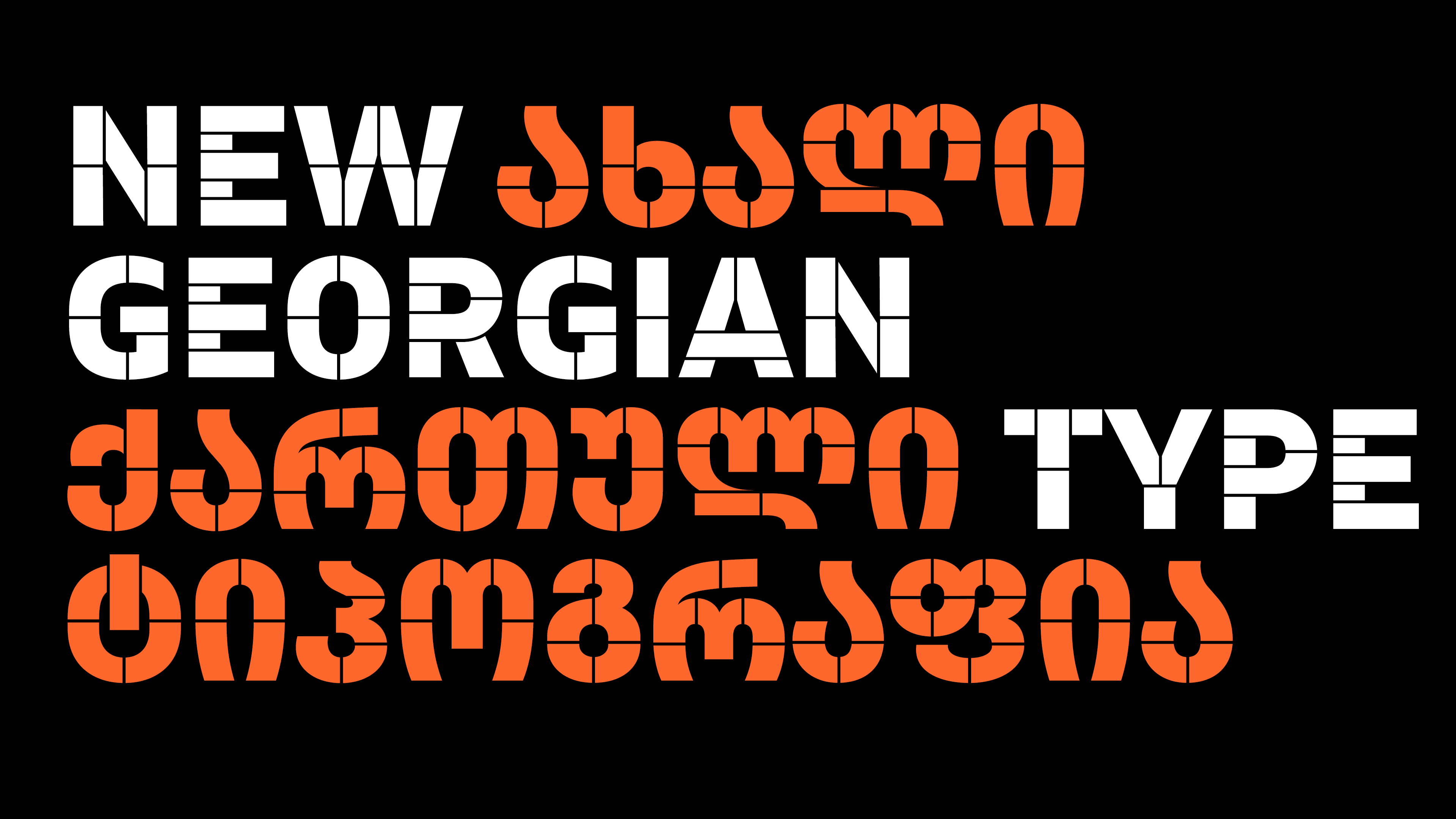
For the last four years, we have been working on a collection of over 30 Georgian font families, with as complete a character set as possible and designed to the highest standards. Two of these font families were recently awarded TDC Certificate of Excellence. This project is part of an ongoing language initiative, whereby we research and document local cultures, and then work with native designers to develop new fonts, giving the local language fresh opportunities for expression.
Georgian script is used to write a small group of indigenous Kartvelian languages, of which the most widely spoken is Georgian (3.7 million people). While many countries of similar size have struggled with the preservation of their language, Georgian remains stable, playing an important role in the country’s identity. However, as a result of greater focus being directed towards larger markets – for commercial reasons – there are very few fonts that support the Georgian alphabet. There is less incentive to design new typefaces for such a small number of users, and such fonts are often more complex to develop. At Typotheque, we understand that typography is not just a commercial enterprise, but that it also has a cultural and political component. We take each writing script as seriously as we take the dominant scripts.
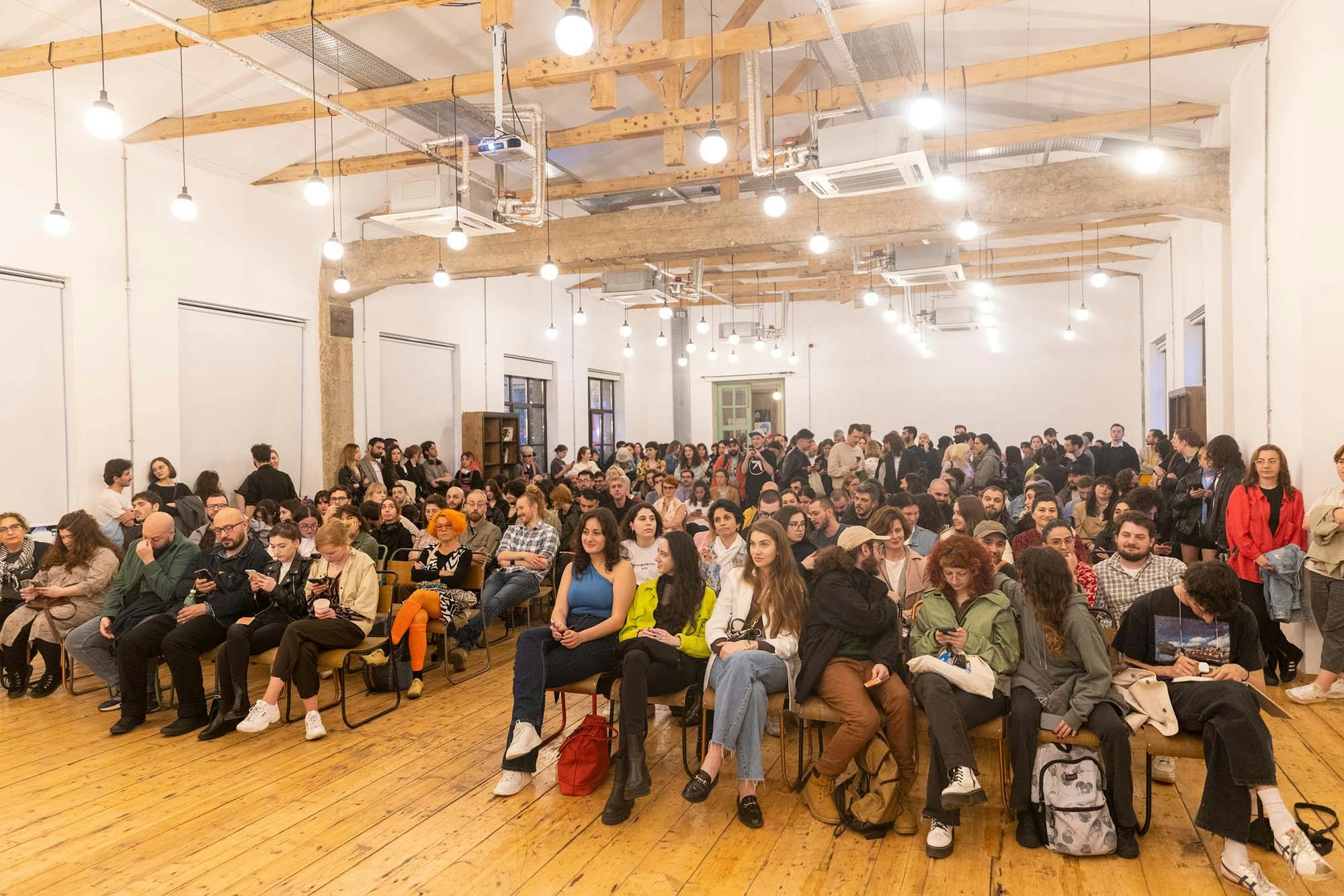
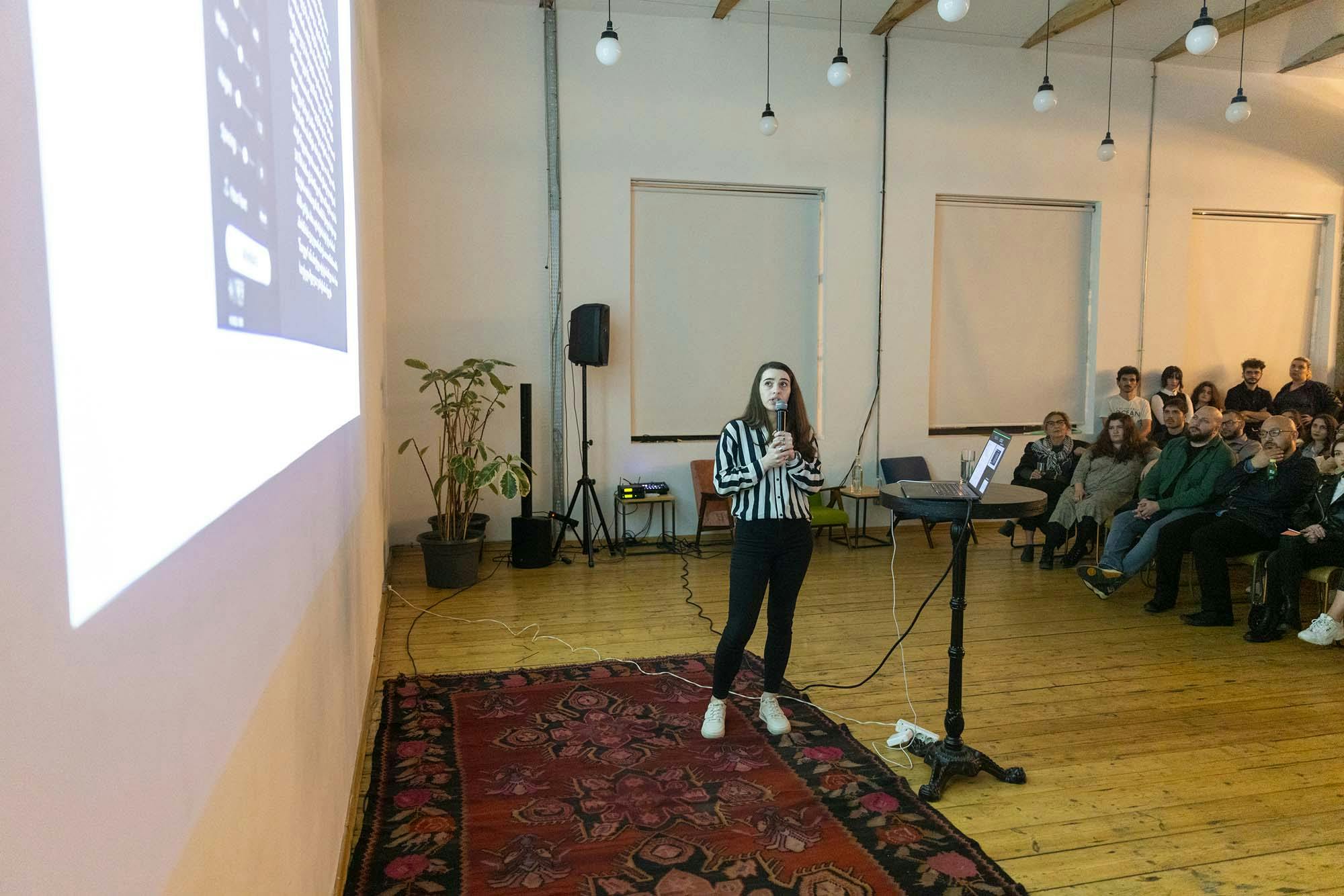
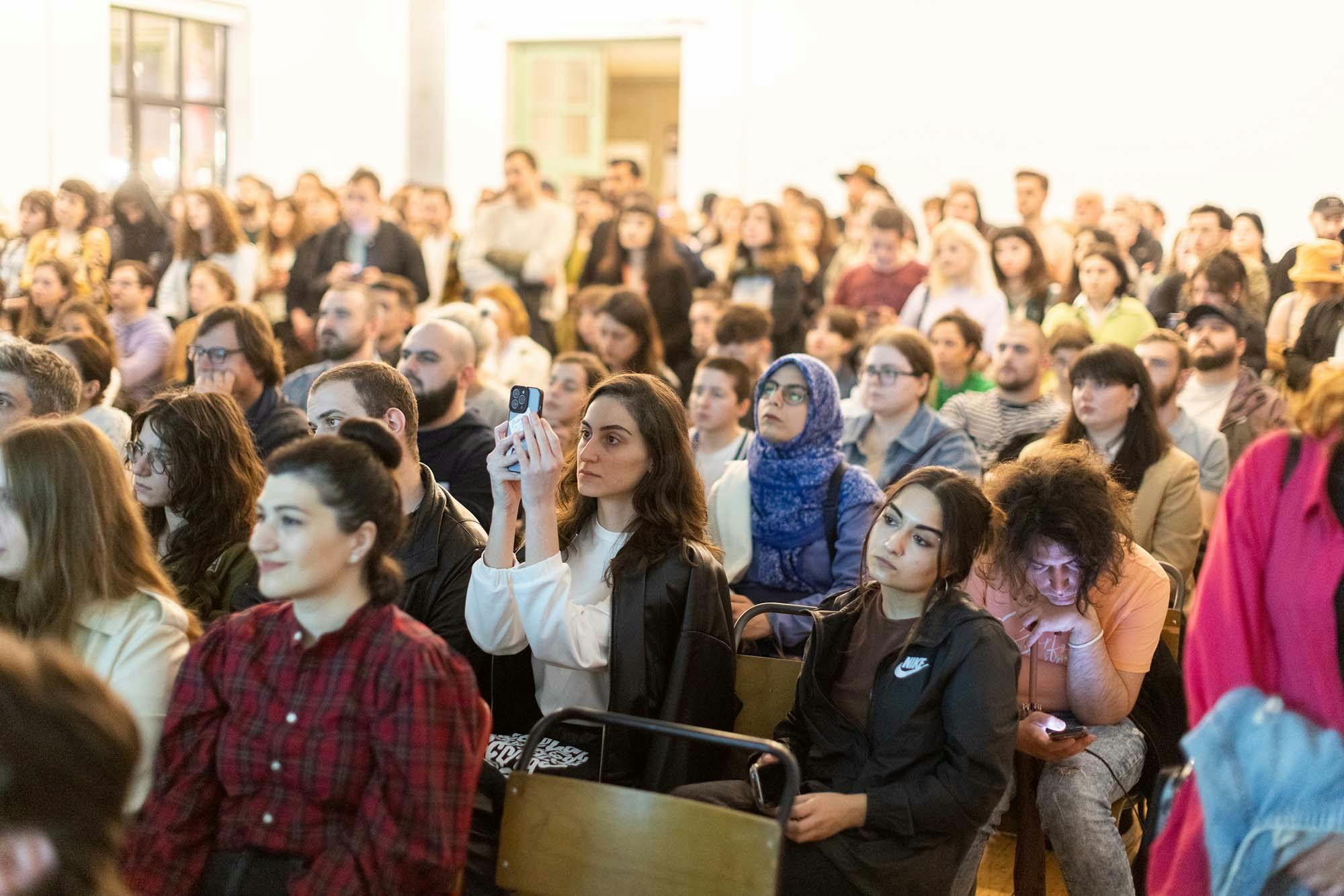
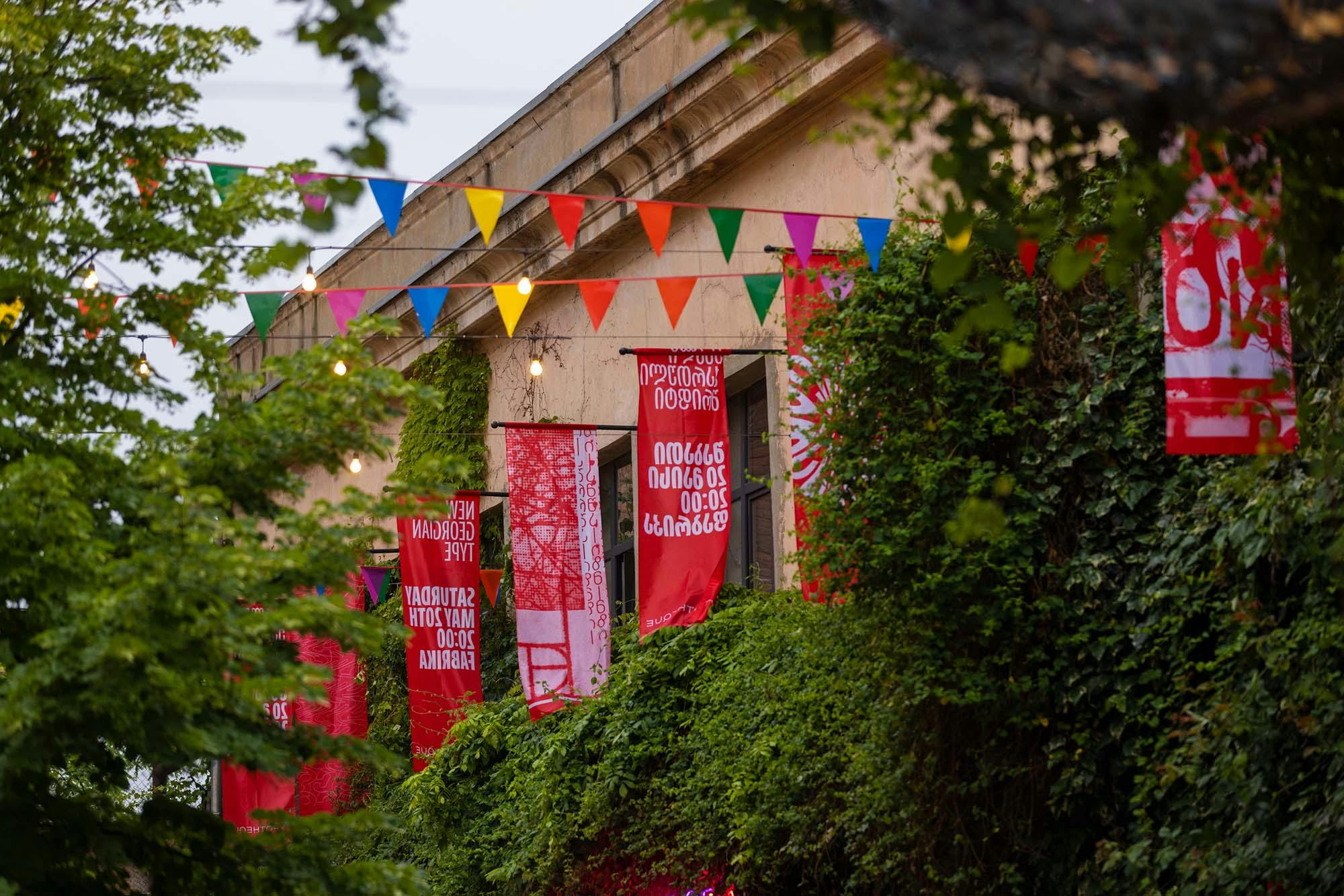
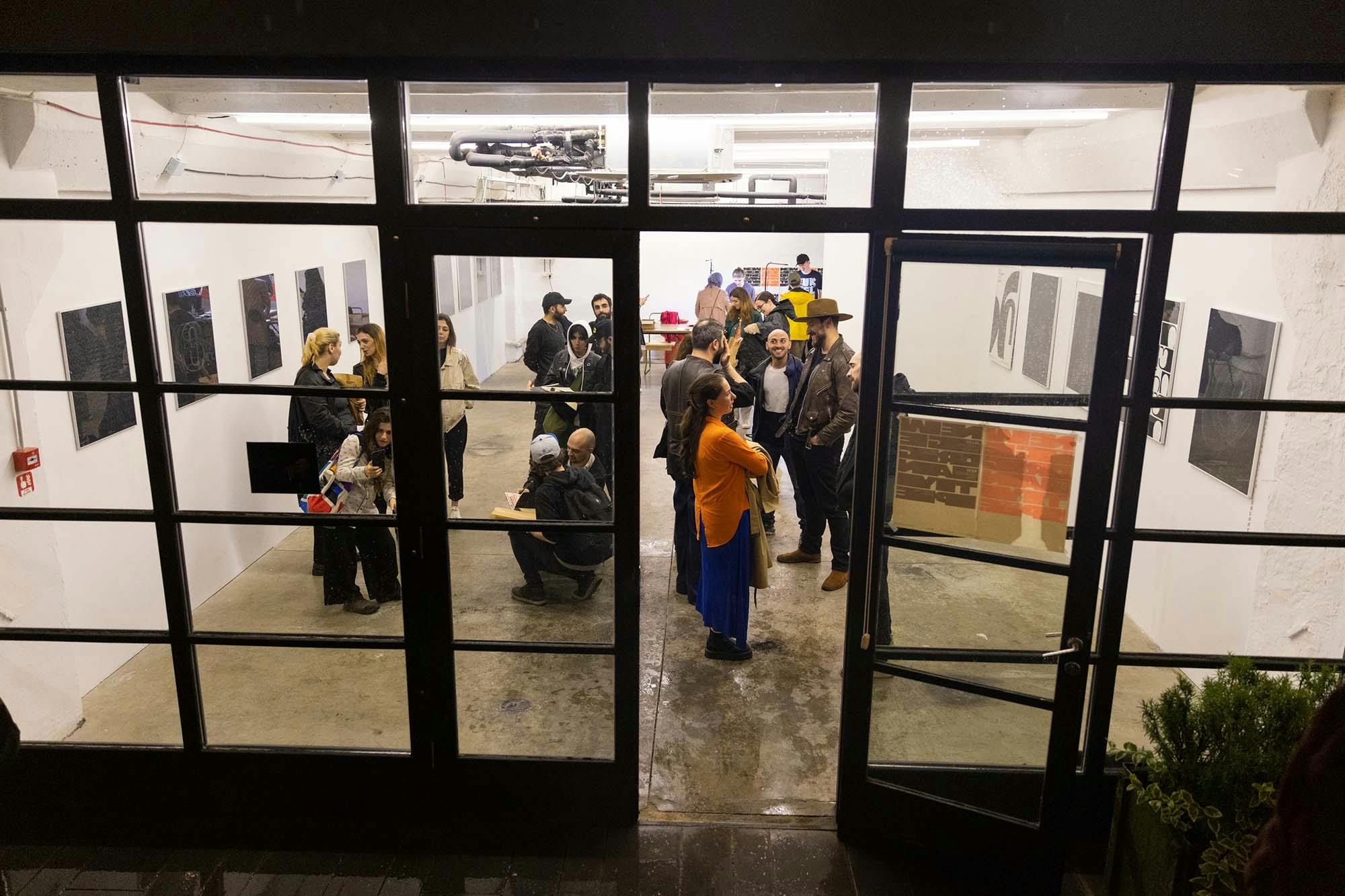
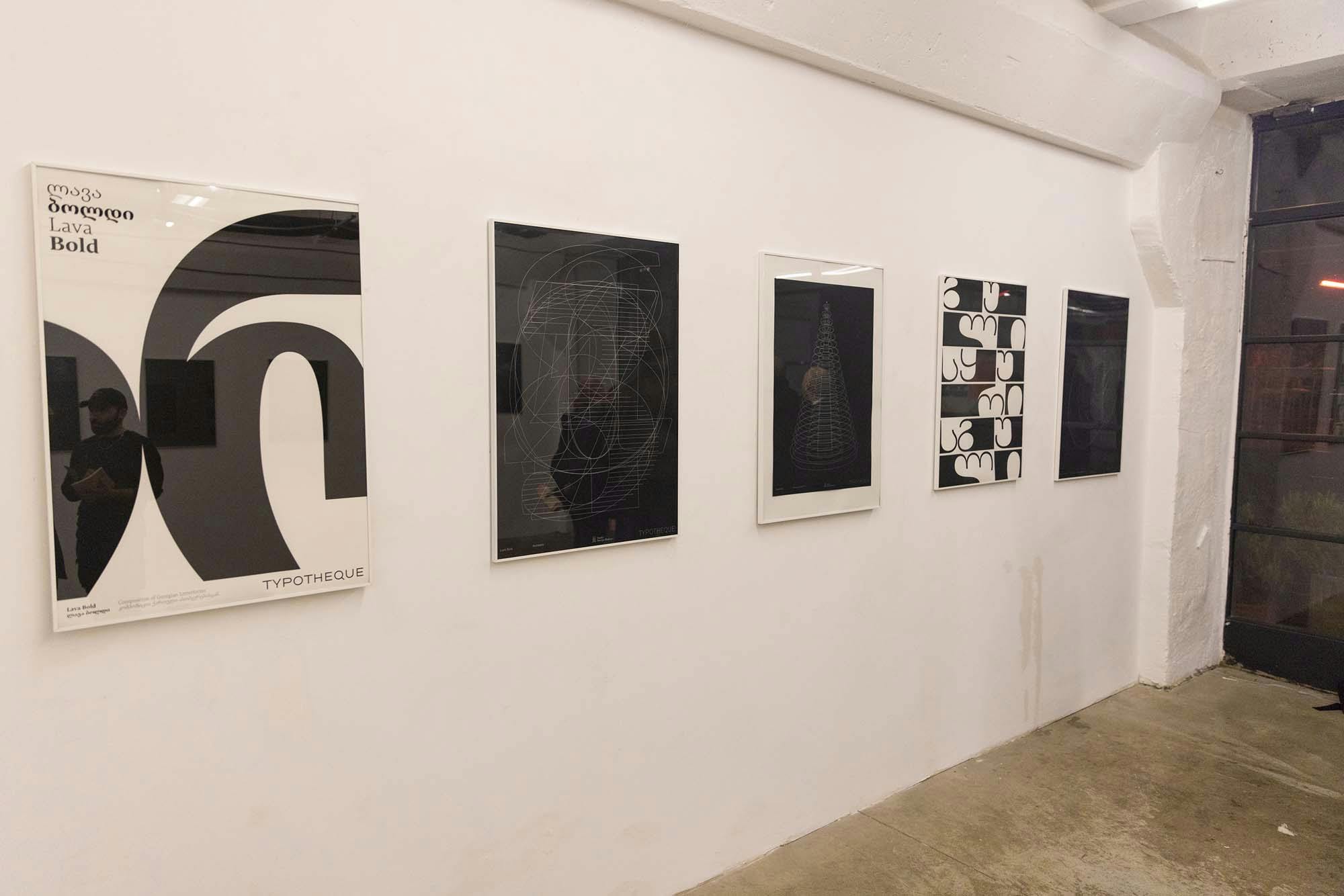
We launched the font collection in the cultural centre Fabrika in Tbilisi, before a packed audience, which itself demonstrated the significant interest in visual culture and typography in Georgia. Typotheque organised an evening with four short presentations by type designers Akaki Razmadze, Ana Sanikidze, and lead designer Matassi Sulakauri from the agency Leavingstone. At the same time, we opened an exhibition of George Bokhua’s work, including his collection of typographic posters using the new Georgian fonts. Finally, we presented the newly published book New Georgian Type, showcasing the type collection and posters, and presented the historical perspective into Georgian script, printing and typography, with an essay by Sophia Kintsarushvili. Judging from the enthusiasm of the attendees, this is just a first step towards promotion of typography in Georgia. We will continue studying and working with the Georgian script, and we hope to learn more from you, the users of the script, about your needs and how you use type. We look forward to this exchange, one that we hope will help to keep the Georgian language vibrant and evolving.